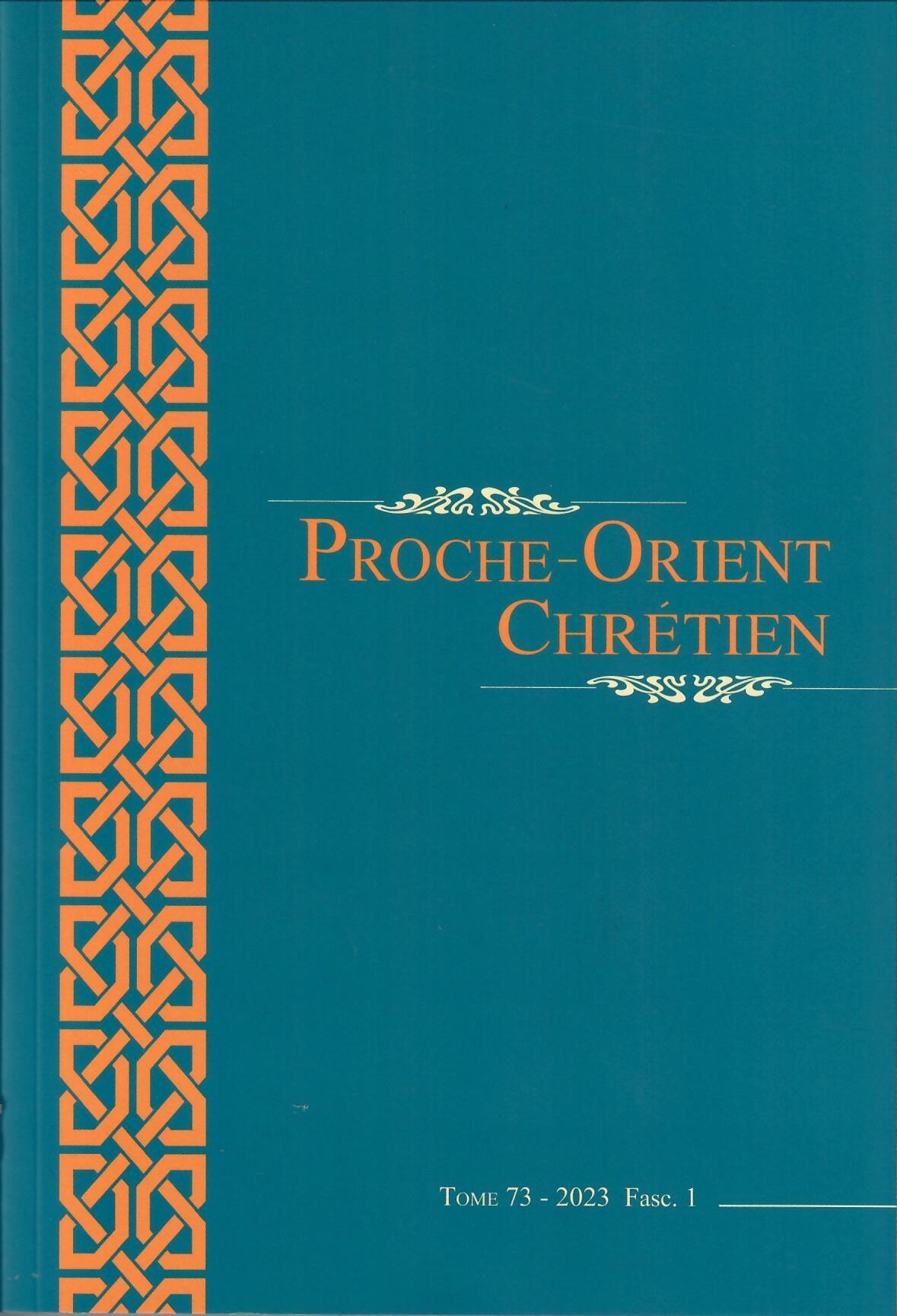Abstract
Christianity gained prominence despite not being the official state religion. The pagan cult persisted, necessitating careful management. In 529, Justinian’s decree made paganism illegal, restricting freedom of conscience. The ecclesiastical structure generally followed the principle of one bishop per city but faced challenges and exceptions. Well-established Christian regions had a dense ecclesiastical network for organization and pastoral care. A confessing Christian community existed before Constantinian times, with monasticism as an extension of early Christianity. Ordinary residents were part of the lay community, and new converts showed diverse levels of zeal. Many converts from paganism retained old rituals due to their cultural differences from the biblical world, leading to engagement in various forms of popular religion.

